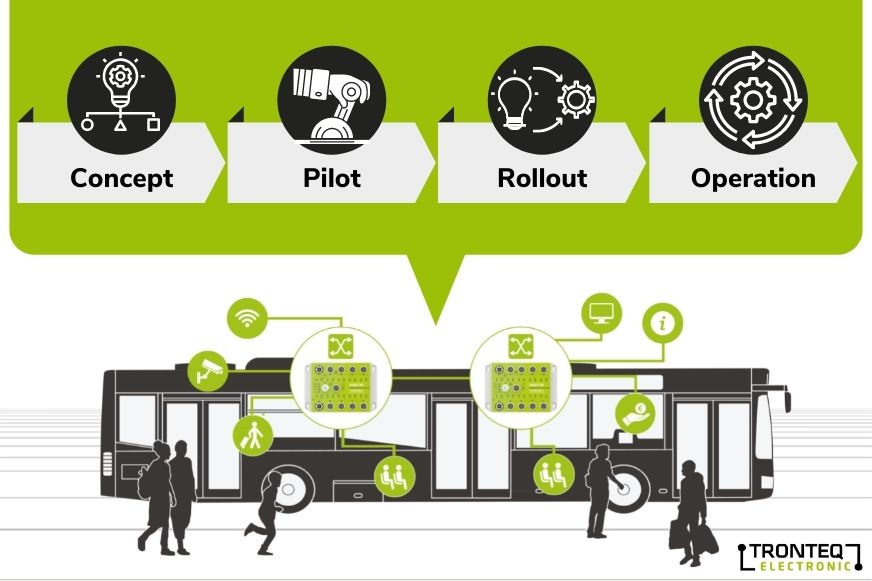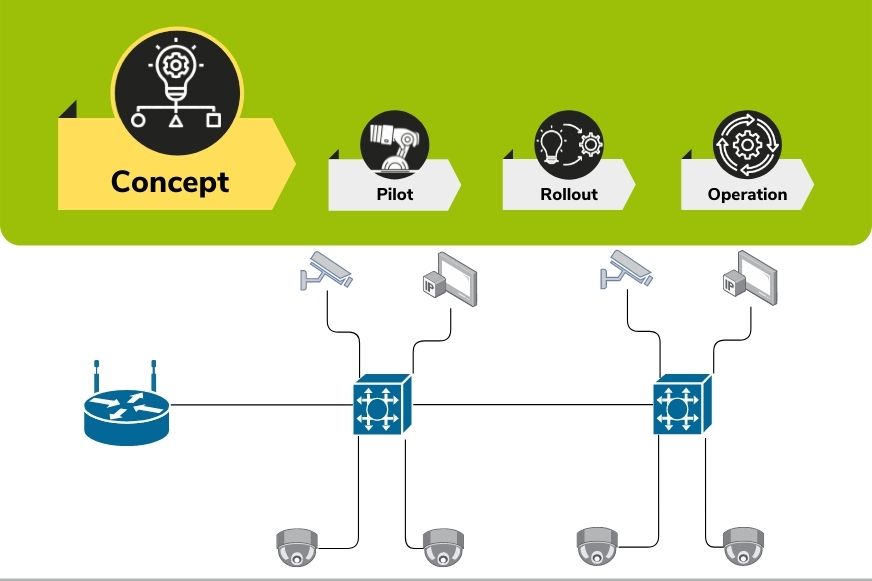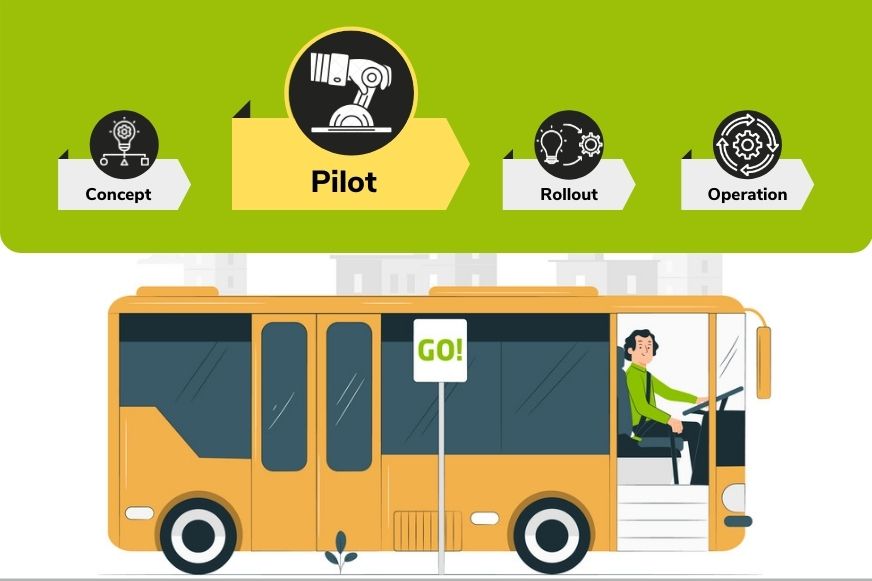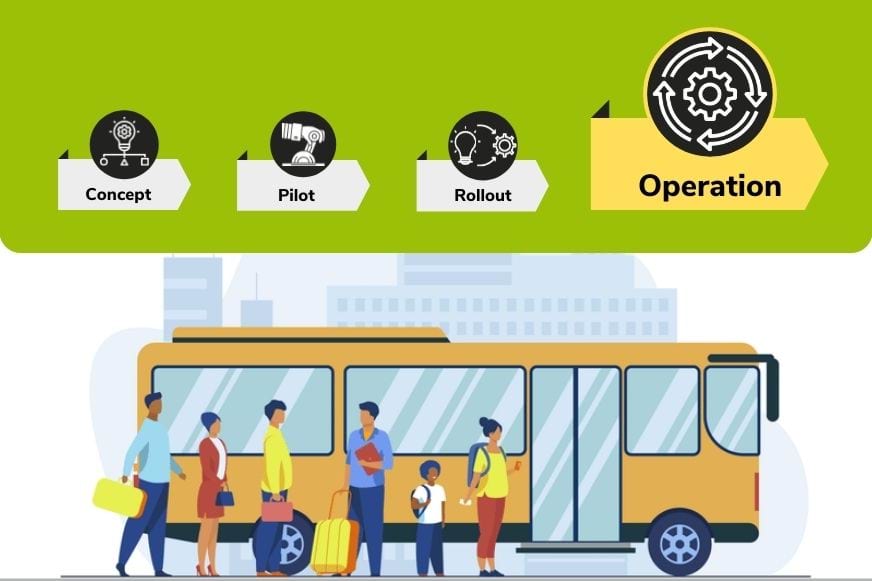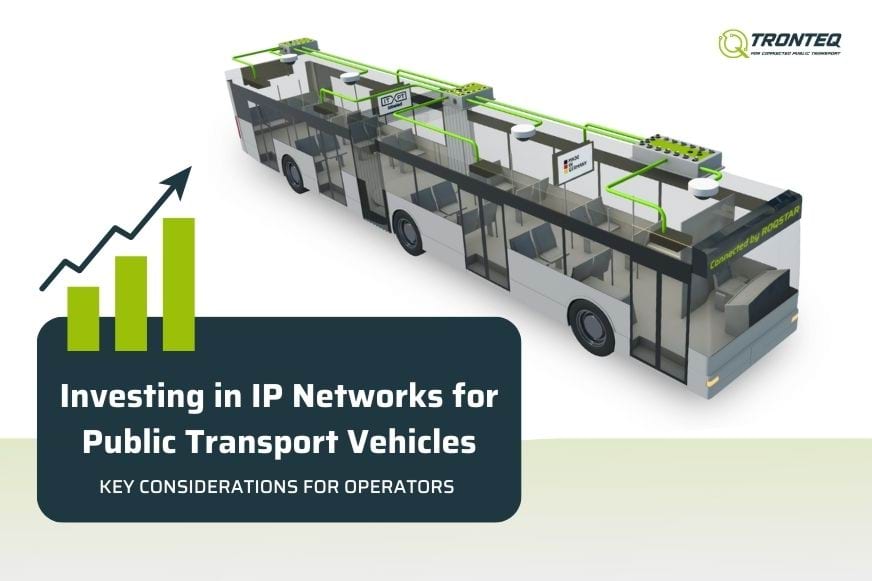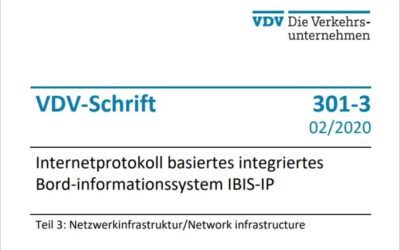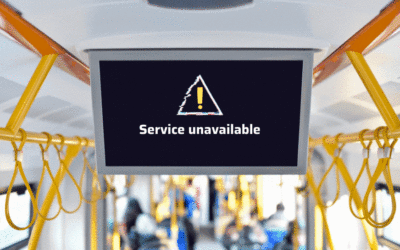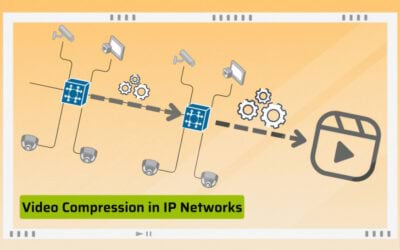Network Infrastructure in Public Transport Vehicles: Rollout
After the successful field testing (Pilot) of a network concept, the systematic conversion of the entire vehicle fleet, also referred to as Rollout, follows. It is a critical process that should run smoothly and quickly.
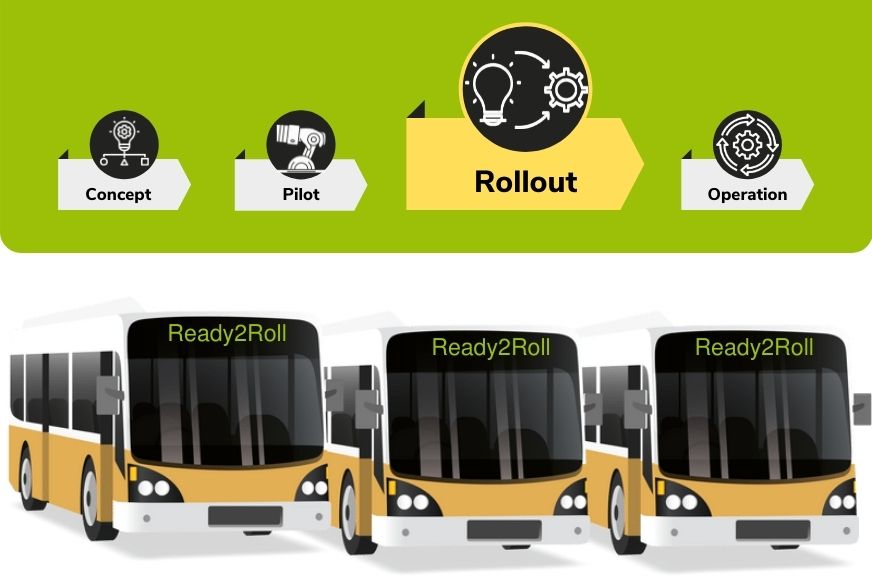
Content
The Ideal Case
The network concept tested in the Pilot Phase is now to be rolled out to the entire fleet. The Rollout Project Plan specifies how and in what time frame the installation or conversion is to be carried out. The first vehicles are already in the workshop: The network equipment is assembled, wired, the software is installed, the function and behavior of the network are tested and the vehicle is released for operation. The onboard system is online and the first data from the applications (e.g. Passenger Counting, Payment, Monitoring Systems) are visible.
Everything runs smoothly and in sync for each individual vehicle. But is that always the case in practice?
When Not Everything Goes According to Plan
Time is undoubtedly a critical component in Network Rollout. After all, idle vehicles cost their operators money. But a quick but faulty installation is also not beneficial. Especially for large fleets, the Rollout can take several months, if not years – time during which the state of the art could change, among other things.
Delays are habitually caused by unforeseen events during installation. From misconfigurations to incorrect wiring to equipment defects, network faults can certainly occur. As things stand today, however, finding them can be a time-consuming affair. Errors are not necessarily immediately recognizable, and tools may have to be used for troubleshooting. This is a task that not only takes time, but also requires a certain level of expertise.
How to Speed Up and Simplify the Rollout
An absolutely error-free Rollout cannot be guaranteed, but certain safety precautions can help to resolve or even prevent unscheduled events more quickly. First and foremost, it is important to plan the Rollout thoroughly. Configurations should be created individually for each vehicle in advance and managed in the form of a vehicle parts list. In the event of a fault, troubleshooting will help. Installation checklists are also a useful tool to ensure that everything runs according to plan.
From our own experience, we know that the Network Rollout causes difficulties for many Public Transport Operators. For this reason, with our ROQSTAR Ethernet Switches, we offer various solutions, some of them unique, that provide relief in precisely such cases. On the one hand, one can make use of the diagnostic possibilities of Managed Switches to find errors. This allows the installer to detect if a device has been connected incorrectly. On the other hand, all ROQSTAR switches are equipped with a solution for accelerating network configuration: In the vehicle network, ROQSTAR switches can automatically distribute configuration files to their neighbors. There you go, the vehicle is ready to bring its passengers reliably to their destination.
More Articles From This Series:
More Stories Like This:
What Role Does the Network Play for the IBIS-IP / VDV 301 Standard?
Digitalization in the transportation sector requires the transfer of ever-increasing amounts of data, pushing the existing serial communication to its limits. As an IP-based data transmission solution, IBIS-IP provides an efficient alternative.The...
Preventing System Failures in Public Transport Vehicles: Role of Ethernet Switches
In digitalized buses and trains, data is of enormous importance for both transport operators and passengers. Therefore, system failures in public transportation require special attention. Network switches act as unsung heroes here, preventing or...
IP Cameras and Network Topology Design: Optimizing Compression for Efficient Data Handling
IP cameras are widely used in public transport vehicles, enhancing onboard safety and security. ROQSTAR Ethernet switches seamlessly integrate with these cameras, ensuring optimal functionality and data transmission. However, IP cameras contribute...

